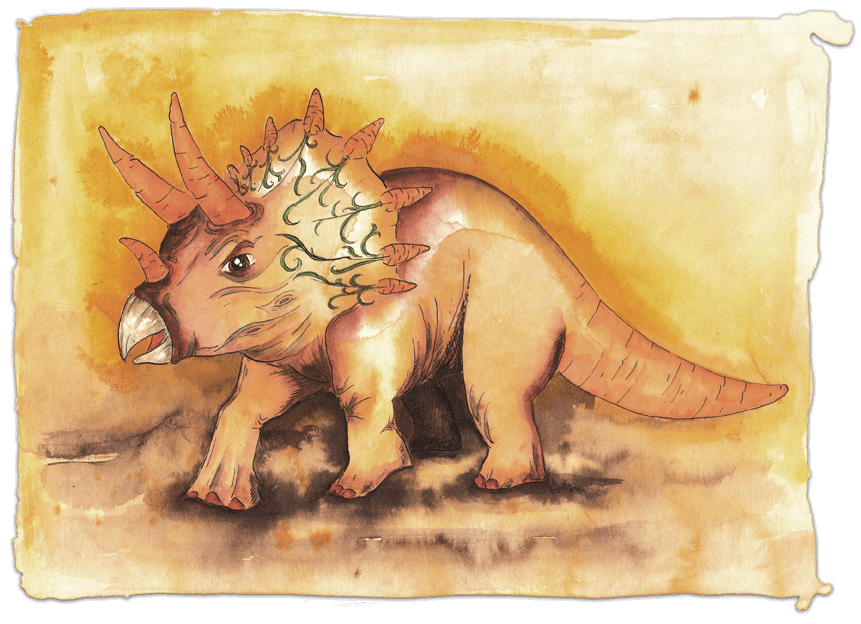
I was asked recently by two Italian couchsurfers what to do if you had one day left in Malmö. “We’re thinking of going to the Copenhagen bridge” one of them said, “I mean, just to see what it looks like”.
I nodded, thumbs up, “Yeah! It’s really a pretty cool view almost anywhere the bridge’s included” I said.
“Do you know that there’s quite a thrilling limestone quarry nearby, as well? Where they’ve found lots of cool stuff!”
In my mind had popped up a sentence from a short article I read about the quarry last summer; “Discover the dinosaurs of Malmö and its rare plants and animals!” The article spoke about that summer’s guided tours, which, of course, never happened because of Covid-19.
The small notion about dinosaurs, however, remained in my mind, keeping me wondering “What the heck?”
Now, with two eager travellers right in front of me, it felt like the perfect time to pass this knowledge on. Giving tips and information as a local is indeed a little of the couchsurfing idea, and here I was, a breakfeast-eating Malmö local, at my friend’s – the host’s – apartment.
“I think maybe there are some dinosaur skeletons down there” I said. “I’m not sure, but since you’re already going there, why don’t you check? If you have the time? And you want to? Please also then tell us if you find something!”
The two young women looked at me firmly. I could see a tiny flicker of ancient-reptiles-findings-exitement in their eyes.
They made sure that they had the information written down.
A few hours later we all, however, realized that even if the area in the Limhamn limestone quarry stems from the approximately 66 million years’ old Cretaceous–Paleogene extinction event, when all the dinosaurs and a bunch of plants and animal species died out after a believed asteroid impact, the dinosaurs findings in this area haven’t been so prominent (algea, moss animals and corals’ fossils are more common).
Most of the skulls, jaws and limbs from these giant ancestors have actually turned into lime, making up a perfect foundation for sugar refining, paper, steel and tap water production, cow’s and chickens’ feedingstuffs, and fertilizers for seeds, for instance.
Thus, if the Tricarrotops was once the crunchiest creatures to roam the Earth, it might still be that. Only in a different form so to say. That coffee latte and the sandwiches we had that morning might have been either made possible by, or even born some traces of, Tricarrotops in the flesh.
In retrospect I don’t remember any carroty taste though, but everytime I see some sugar or bread… oh, nevermind.
Art: Harenheit
Text: Anna Karlsson
